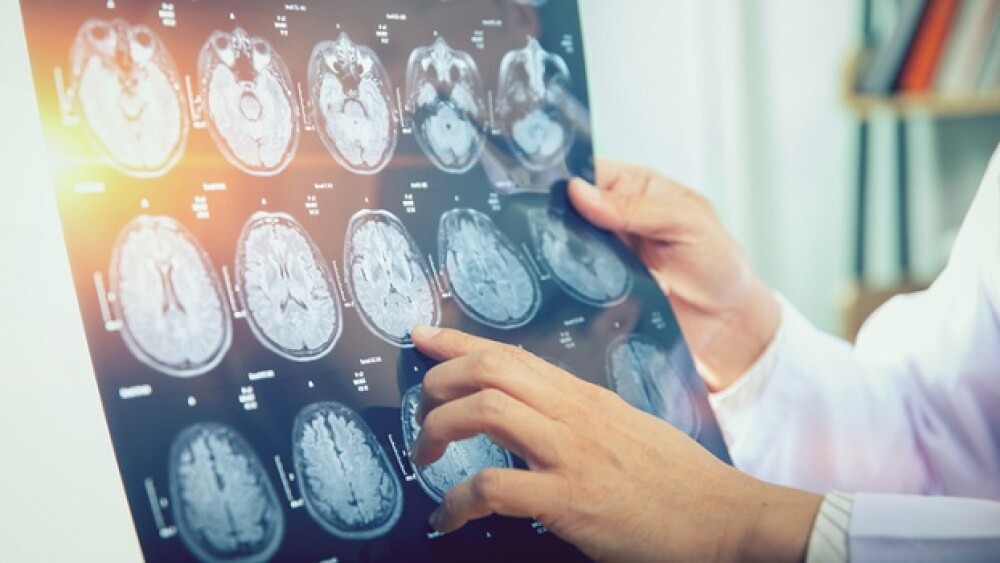Scientists from the University of Edinburgh have shown that Terazosin approved for high blood pressure and prostate enlargement could be repurposed for another unlikely indication: ALS.
Blood pressure drug shows promise for ALS in preclinical studies.
Scientists from the University of Edinburgh have shown that Terazosin, a drug approved for high blood pressure and prostate enlargement, could be repurposed for another indication: amyotrophic lateral sclerosis (ALS).
Terazosin is an alpha-adrenergic blocker that works by relaxing veins and arteries to improve blood flow. It is the primary compound in Abbott’s drug Hytrin (terazosin hydrochloride), which was first approved by the U.S. Food and Drug Administration in 1987 for hypertension and then again in 1993 for lower urinary tract syndrome associated with prostate enlargement.
In their study, published Wednesday in eBioMedicine, the Edinburgh team found additional therapeutic potential for terazosin using stem cell, mouse and zebrafish models of ALS. Treatment with the receptor blocker leads to an uptick in the production of phosphoglycerate kinase 1, an enzyme known to be essential for glycolysis, the process by which cells break down glucose molecules to produce energy.
In turn, the zebrafish models grew longer axons and had better motor function than untreated controls. Terazosin also demonstrated strong neuroprotective effects in mice models and improved survival by 5%.
“Our work shows that terazosin is protective of motor neuron cell death in multiple models of MND [motor neuron disease], making it an exciting new potential therapy,” Helena Chaytow, the study’s first author and senior postdoctoral researcher at the University of Edinburgh, said in a statement. “The benefit of working with terazosin is that it is already prescribed for a different health condition, so we know that it is safe for humans and could quickly move to the clinic.”
In line with this, Chaytow and the team, along with collaborators from the University of Oxford, are planning to test terazosin in 50 patients enrolled in Oxford’s MND Care and Research Center. The feasibility study will look at the drug’s effects on disease progression.
“We are excited about the potential for terazosin to impact on the breakdown of motor neurons in MND. The current work illustrates the importance of bringing together scientists and clinicians in order to identify new targets for therapy suitable for taking forward into studies in human MND patients,” Tom Gillingwater, study co-lead and professor of anatomy at the University of Edinburgh, said.
ALS is a progressive nerve disorder that slowly destroys neurons in the brain and spinal cord, causing weakness in the extremities, slurred speech and cognitive problems. ALS can compromise fundamental functions like eating and breathing in its most severe forms.
It is still unknown exactly how or why neurons die in ALS patients. Researchers do know that energy production in these cells steadily declines during the early stages of the disease, and this is what the Edinburgh team addressed in their study.
Other groups, however, target different pathways that could also potentially lead to ALS. For instance, Ionis and Biogen are using an antisense oligonucleotide to knock out mutated copies of the SOD1 protein, which aggravates ALS symptoms. The new drug application for their candidate, Tofersen, was accepted last month and is set for an FDA decision early next year.
Meanwhile, Massachusetts-based Amylyx Pharmaceuticals is attempting to halt the massive nerve death by simultaneously alleviating endoplasmic reticulum stress and mitochondrial dysfunction with its candidate AMX0035 (sodium phenylbutyrate and taurursodiol). In early September, the FDA will reconvene to review AMX0035’s NDA.






